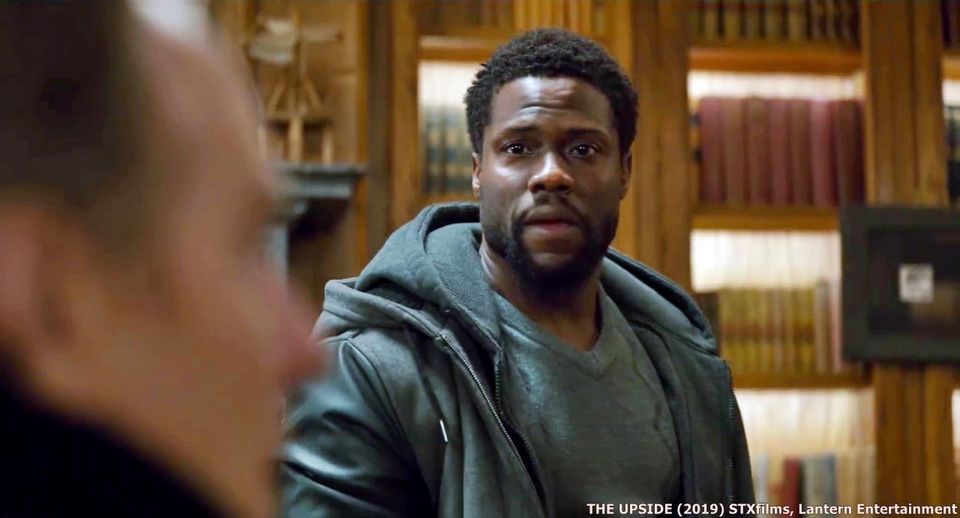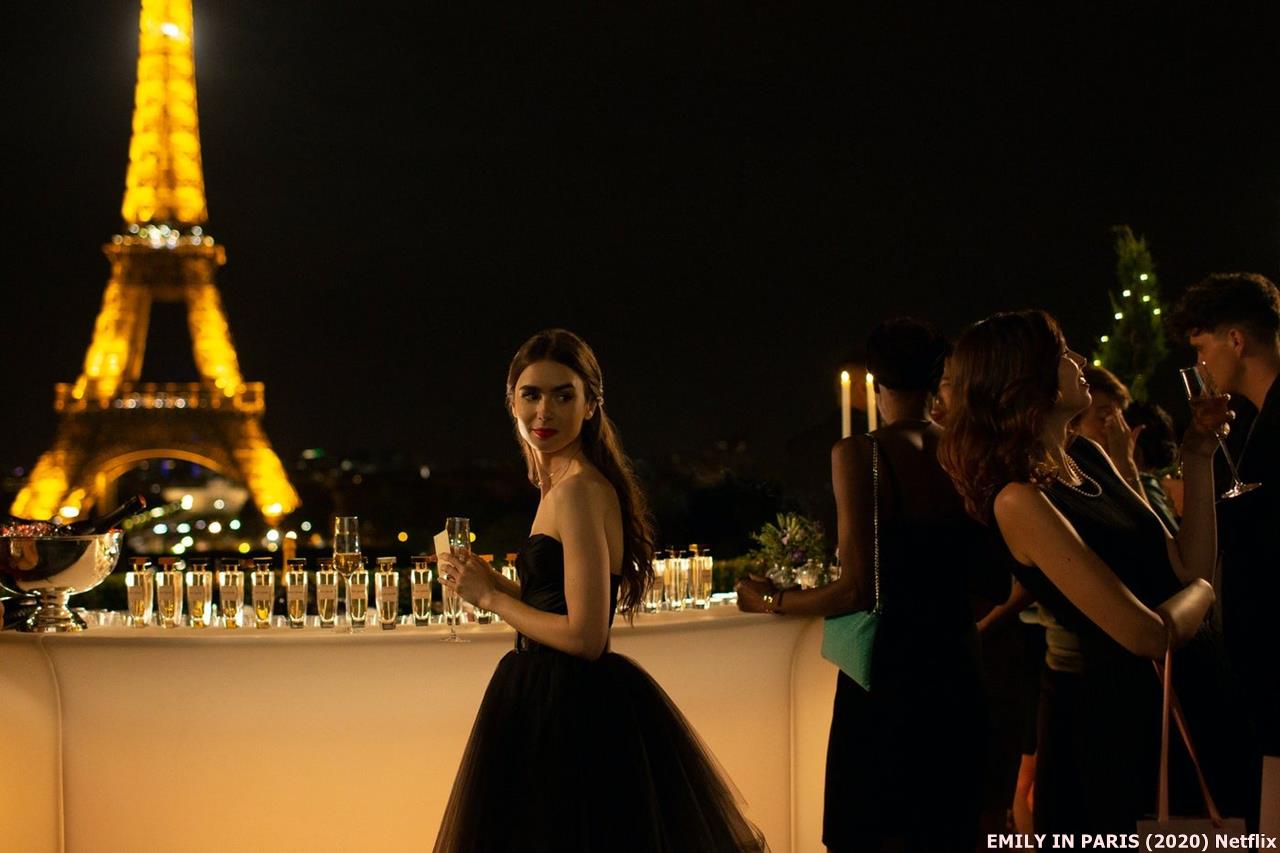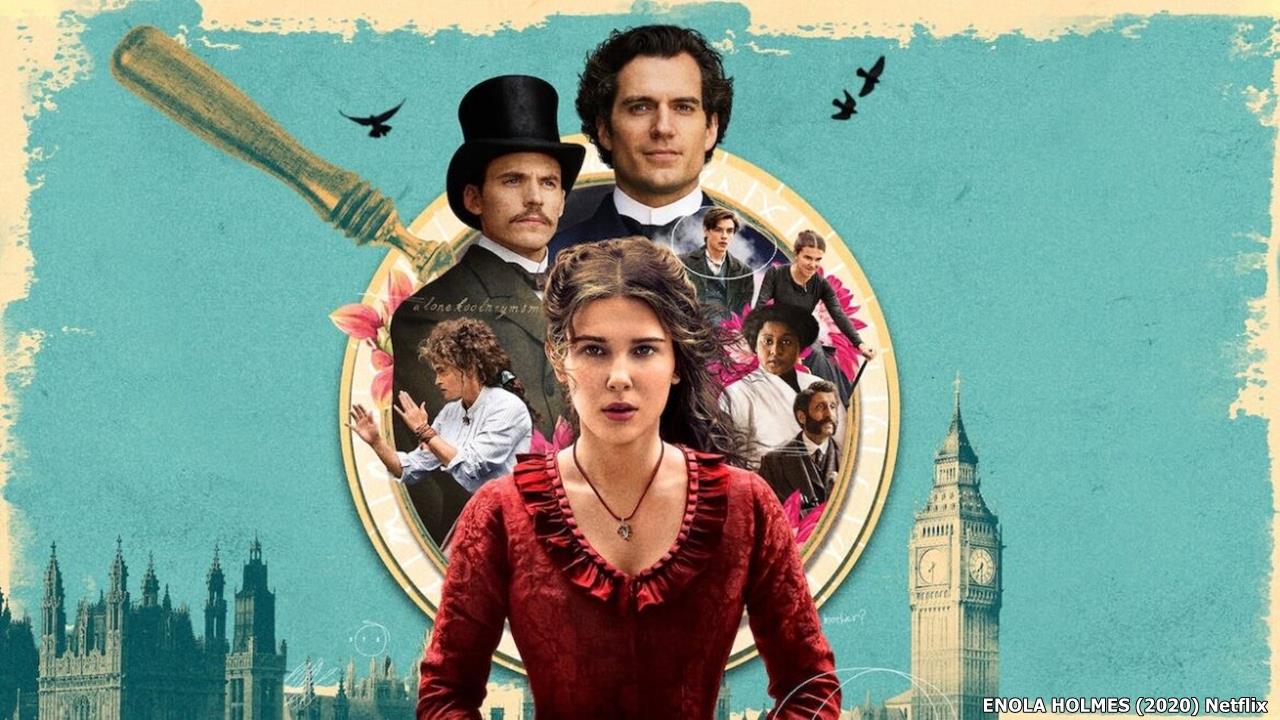THE UPSIDE (2019) Production Notes
Everything You Need to Know
Academy Award ® nominee Bryan Cranston, acclaimed actor and comedian Kevin Hart, and Academy Award ® Winner Nicole Kidman come together in STXfilms and Lantern Entertainment’s THE UPSIDE, an inspirational comedy based on the true-life friendship and lifelong bond forged between a wealthy man with quadriplegia and the ex-con he hires as his live-in care giver.
Directed by Neil Burger ( The Illusionist, Limitless ), with a screenplay by Jon Hartmere , THE UPSIDE chronicles the unexpected friendship between Phillip Lacasse (Cranston), a Park Avenue billionaire left paralyzed after a paragliding accident, and ex-con Dell Scott (Kevin Hart), in need of a fresh start. Newly paroled and in desperate need of a job, Dell is frustrated by the menial opportunities available to an ex-con. After finding himself at the wrong job interview Dell uses his irreverent charisma to charm Phillip, who, despite protests from his chief-of-staff Yvonne (Nicole Kidman), offers him the home aid position.
Despite a rocky start, the two quickly realize how much they can learn from each other’s experiences. From worlds apart, Phillip and Dell form an unlikely bond, bridging their differences and gaining invaluable wisdom in the process, giving each man a renewed sense of passion for all of life’s possibilities.
FILMMAKER’S VISION
THE UPSIDE is inspired by the 2011 box office hit French film Les Intouchables . Producers Jason Blumenthal, Todd Black and Steve Tisch from Escape Artists were thrilled at the prospect of recreating the French classic, having seen it a few years back and absolutely loving the story. Says Black, “Our decision to remake Les Intouchables stemmed from a desire to dive deeper into the lives of the incredible real people the original film is based on. We wanted to know more about their stories and believed we could give audiences a fresh interpretation that honored the brilliance of the French version.”
Though Director Neil Burger had immense admiration for the original, he was clear in communicating to Blumenthal, Black and Tisch that he felt an English language adaptation could bring the story to an entirely new level for American audiences. While Burger was specific in what he envisioned for the film, it was his ability to collaborate with the producers as well as with writer Jon Hartmere that eventually brought the script to fruition. “Neil is a producer’s dream,” says Black. “He has a very firm vision of what he wants, but he also encourages feedback and fosters a collaborative and open working environment that we believe made the film even more powerful.”
“The movie is about people bridging the divisions between us, which to me is an incredibly important theme,” explains director Neil Burger. “I wanted the movie to feel real and to be as honest as possible. That goes with the depiction of Phillip and his disability. To be as honest as we could about that experience and ultimately be as respectful as we could about that. And the same with Kevin’s character’s experience. His background being from the South Bronx and what he’s going through in his life. The movie is about respect and it’s about compassion. And I think that had to be part of the filmmaking as well. To be as honest and respectful as possible.”
CASTING THE FILM
The filmmaking team were long-time admirers of both Bryan Cranston and Kevin Hart, and hoped the film would be a welcome challenge for the actors, albeit in different ways, and looked forward to seeing their respective interpretations of the beloved characters from the original film. For Hart, this role was a departure and offered the actor an opportunity to introduce audiences to his dramatic talents, while still infusing his signature wit and humor into his performance.
“People are going to be blown away, because Kevin has incredible dramatic chops that nobody’s seen before,” says director Neil Burger.
“When people hear Kevin Hart, they immediately think it’s going to be broad and funny,” Blumenthal says. “We will see funny Kevin for sure, but also a more serious, dramatic Kevin. We wanted to make sure we signaled to the audience that this was not your typical Kevin Hart movie. Though Kevin brings humor to the film, his role goes beyond comedic relief while his character struggles to turn his life around.”
“It was a challenge that I welcomed with open arms,” says Hart. Adding, “I’ve yet to do something like this. I’ve yet to step into this space. I’m about opening up doors. And this is a door that I’ve been hesitant to open because I wanted to make sure that the project was right when I actually did it. The Upside is the perfect project for me to step in that direction of a drama-esque performance but still stay true to my comedy roots.”
Cranston describes his co-star’s work on the film saying, “This is a drama with comedic undertones because you find some humor in tragic situations. We needed that to buoy the story and propel it along. But Kevin is a very smart guy and he knew exactly what the tone of this was and what he needed to do. It’s perfect for him, in his career, to be able to step into a role that’s not necessarily in his wheelhouse. Kevin is profoundly talented. It goes into his bones on some deep meta level and it’s just there. He delivers when he needs to.”
From the onset of the film, audiences can identify with Dell as he encounters this new situation and discover with him what it is like to be a person with quadriplegia. While Dell initially takes on the role of Phillip’s care giver, as the film progresses it becomes clear that both Dell and Phillip rely equally on each other. They have different struggles, but it’s their ability to learn from one another that ultimately builds their incredibly unique relationship.
“I realize that’s really the crux of the story: facing the challenges,” says Cranston. “Whether you’re an African American male just getting out of prison, or a 60 something person with quadriplegia who can’t move anything below his neck for the rest of his life, neither see much of a future for themselves. There are dilemmas. Life is not easy.”
“What neither Phillip nor Dell expected is that they both came into each other’s lives at the perfect moment, and changed each other’s lives when they most needed it,” says Blumenthal.
“Casting Bryan Cranston was just a no brainer,” says Burger. “He’s really one of the great actors of our generation. He worked so hard on the role to do it right, and to do it respectfully, as somebody who was in a wheelchair. He’s an actor that has such incredible empathy, yet also, such a wonderful and light sense of humor. It was the perfect combination for that character.”
Though Cranston has played a wide variety of characters, the physical requirements involved in playing a person with quadriplegia presented a new challenge for the actor. “Before the movie, I didn’t realize how often actors depend on their entire bodies to sell a performance and a scene,” says Blumenthal. “This role required Bryan to approach his character in an entirely new way, and discover how to deliver an emotional, funny and at times heartbreaking performance without using most of the tools he’s used to having at his disposal.”
One of the most important elements of making this film to Burger was the level of authenticity portrayed in the characters and across all aspects of the production. Before filming began, Cranston and Burger visited former football player Eric LeGrand. LeGrand, who was paralyzed in 2010 while playing football at Rutgers University, spoke with both men at length about his experiences and observed him during physical therapy.
For Cranston, maintaining accuracy and rigorous attention to detail on set required a great deal of both research and discipline. Cranston’s dialogue with Phillippe Pozzo Di Borgo, on whom the story is based, was essential to his preparation for the role. These conversations had a major impact on Cranston as he focused on the emotional trials Di Borgo went through. Cranston recounts, “Were there periods of time he wanted to give up? Yes. Were there depths of depression? Yes. Were there thoughts of suicide? Yes. Were there peaks where he thought, oh no, I do have some options. Yes. It’s all of the above,” Cranston says. “It was up to him to be able to embrace everything about the challenges ahead, both good and bad.”
The physical challenges of playing a character who is completely still ended up being solved mentally for Cranston. “At first, I thought I’d really have to focus on being absolutely still,” he said. “I started practicing holding my body in a rigid manner, but that can’t be sustained. You’re too tense. It really had to just be the opposite of that. I had to go into a Zen-like state in order to just breathe and let it go. Just go with the fallow and have the whole-body collapse in the chair to where the only thing I can move is my neck. And that worked.” In addition to his conversations with Di Borgo, Cranston spent time with many other people with quadriplegia, learning about not only their daily routines but also how their lives have changed – their relationships, emotions, perceptions of self.
“I think it meant a lot to Bryan, because I did get to see him a couple of times after he came back and you could just tell how it affected him. He wanted to deliver a performance that not only we would be proud of, but those he visited would also be proud of,” Blumenthal says.
To further ensure authenticity, Bryan and Kevin worked closely with multiple consultants from both the Kessler Institute for Rehabilitation in New Jersey and the Magee Rehabilitation Hospital in Philadelphia. The consultants, who consisted of both people with quadriplegia as well as life auxiliaries, were on set every day to make certain everything was executed in a way that felt true and genuine to the characters, offering guidance on everything from the correct terminology, to the proper way to transfer a person with quadriplegia.
Though there is a serious dramatic tone to the film, Hart and Cranston bring balance to it. Upon realizing how powerful the dynamic is between the two lead characters, the challenge for filmmakers was choosing the proper cast to surround them with. “The supporting actors have to be able to keep up with the stamina, the comedy, and the drama of what is going on,” Blumenthal says.
The next character to be cast was that of Yvonne, Phillip’s loyal personal assistant. The producers wanted to develop the character more in the second iteration, and the romantic element between Yvonne and Phillip (a departure from the original version), meant it would be important to cast an actress who wouldn’t overplay the role, allowing for some mystery. Nicole Kidman won them over.
“Once we zeroed in on Nicole Kidman, we knew we had something truly special,” Black said. “Her body of work alone has shown that she has chosen roles that challenge her and take her in different directions.”
“Nicole Kidman is just a pure delight,” Cranston says. “There are a lot of times when you stop shooting and you restart a scene, and actors will go off into their dressing rooms. But Nicole is always on set. She’s a brilliant actor.”
“I was blown away by the people that Bryan and Nicole were off set,” admits Hart. “On set, I knew I was getting a high level of professional. I knew that I was getting the best of the best. But I had no idea what they would be like off set, off camera. The personalities were amazing. Nicole was a sweetheart. We joked, we played in between takes. Bryan was amazing as well. The rapport that I had with both of them throughout the duration of the film was unbelievable. Bryan and I did become close. Bryan is just a great guy.”
Another challenging role to cast was that of Maggie, Phillip’s physical therapist. “We were having trouble figuring out how to balance Kevin, Bryan, and Nicole with someone that could also enter a room and bring something really special,” said Black. “Maggie was a really important character, because she had to have a sensitivity and a lightness. And then we found Goldshifteh Farahani.” Though Farahani describes her character as practical, the compassion she displays on screen balances Yvonne’s professional approach and Dell’s propensity to use comedy during the challenging moments caring for Phillip.
“She was the fourth significant cast member to help us round out, and now we’re really able to see this ensemble come to life with the people that surround Phillip’s character and tend to his every need.”
Filling out the rest of the stellar cast are Aja Naomi King who plays Latrice, Dell’s ex-girlfriend and the mother of his child, Suzanne Savoy as Charlotte, Phillip’s long-time chef, Julianna Margulies, a pen pal Phillip finally gets the courage to meet for a date, Tate Donovan, the wealthy and somewhat obnoxious budding art collector living in Phillip’s building, and Genevieve Angelson, as Phillip’s deceased wife, Jenny.
ABOUT THE PRODUCTION
Neil Burger’s mandate for authenticity extended well beyond the film’s characters. He, along with the cast and crew, were determined to apply that same precise attention to detail to the set and costume design as well. For example, another central focus of the film is the Park Avenue penthouse that serves as both Phillip’s residence, and the vehicle through which he showcases his precious art collection. Knowing that Phillip’s penthouse was so vital to the film meant that production designer Mark Friedberg and decorator Beth Rubino would have to abide by strict parameters.
For Friedberg, the process began with extensive research and preparation prior to his first meeting with Burger. In that first meeting, Friedberg came prepared with several architectural references and ideas. He had two directions in particular he felt the apartment could go, and pitched both to Burger. The first was in line with the script, a penthouse at the famously elite 740 Park Avenue. The second pitch was for an extravagant Tribeca building. In the end, the two decided on an apartment that would be in 740 Park, but decorated against the traditional styles of the building and instead with contemporary art and furniture.
“Neil Burger liked the idea that Phillip straddles a line between a particular elitism, someone who would live on Park Avenue, but also has a bit of irreverence for that world,” Friedberg said.
Though they considered utilizing an existing apartment, in the end it made the most sense to build the set in a warehouse. Phillip’s Park Avenue penthouse was built on a sound stage. The team built 6,650 feet of interior space, though it connotes a space over double the size, and they did so in roughly three months.
“The space is one of our chances to learn who Phillip is. The architecture was a large part of it, but for me, it was mostly a backdrop for the art,” Friedberg says. “We have spent a lot of time building Phillip’s collection as that is the real way he expresses himself - the kind of person he is and the way he sees the world.”
Though Friedberg says a set like this would typically involve paint that accentuated the molding and several differently colored walls, he and the set decorator, Beth Rubio, decided that part of Phillip’s irreverence would be showcased in his decision to paint the molding a flat, movie white and have a black shiny floor.
“It would be a stark contrast and graphic look for the building, very unlike the way it was meant to be experienced when it was first built,” says Friedberg. “It gave it a sense of modernity even though it’s an old place.”
Though most of the penthouse has this modern feel with most of the color coming from Phillip’s artwork, the library remains true to the old world feel of the era the building was built in.
“I always thought of the library as a place where we got to see the inside of Phillip’s brain a little more. A place where the things that fascinate him are more apparent to us, aside from just fine art,” Friedberg says.
“The accessories or collections in the library are very much about movement,” says Rubio. “That was a subliminal choice we made, that the objects around him show velocity. He no longer has that choice, but he is confronted with it daily. We were, in a small way, showing the daily challenge of his current circumstance against his previous life.”
The library displays more collectibles than paintings – precious books, Da Vinci drawings and scientific depictions, but the rest of the penthouse showcases the artwork that Phillip is so enamored with.
It was important to Friedberg to put together a collection that didn’t just reflect price tag or popularity, but true personality and personal history. “We wanted Phillip to have a personal say in the kinds of work he hangs. Some had to be A-list top shelf like the Twomblys, Motherwells, Turners, and Kandinskys,” Friedberg says. “He has paintings that are worth tens of millions of dollars, but he has them because he loves them. He may even have had them before they got to that value.”
In addition, his collection is comprised of art by people Phillip either knows or has met. In designing his collection, Friedberg and Rubino had fun mixing it up between museum level art, art by friends, themselves, or their children, and art made by local artists. The main gallery in the entrance space where the party takes place features a host of renown female artists including Marilyn Minter, Helen Frankenthaler, Kiki Smith, Mary Cassatt, Lee Krasner and Patricia Meyerowitz.
“It’s not mentioned in the script anywhere. It’s not necessarily a story point, but it’s a design point of the collection, and we also thought that was something that Phillip would find interesting,” said Friedberg.
In addition to the paintings and sculptures the light fixtures served as additional works of art within the penthouse. “Because we had enormous height, which you typically don’t have on a movie set, the emphasis for the lighting was somewhat unusual. It was an opportunity for us to use fixtures by manufacturers who deserve to be seen on film,” said Rubino.
In keeping with Burger’s adherence to a realistic concept, Rubino and Friedberg utilized many uncommon approaches to build and decorate the set. The library was built out of real oak, the fireplaces, both stone and marble, were real functioning fireplaces, even medical advisors were consulted in order to build a master bedroom that would reflect the amount of years it had been since Phillip’s accident. Some of the New York City locations included the famous Grey’s Papaya at Broadway & 72nd Street, Grand Army Plaza at 59th Street and Fifth Avenue; Central Park; and the Webster Projects in the South Bronx.



